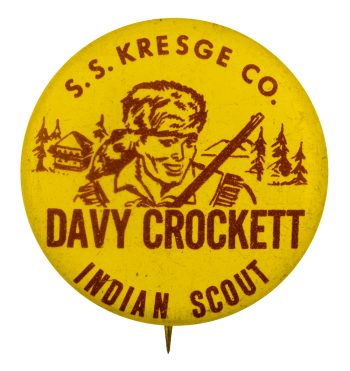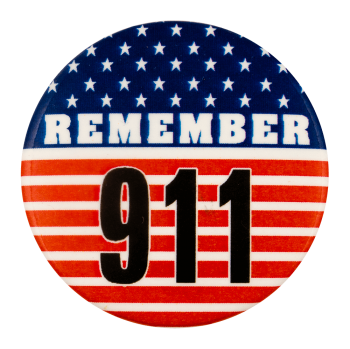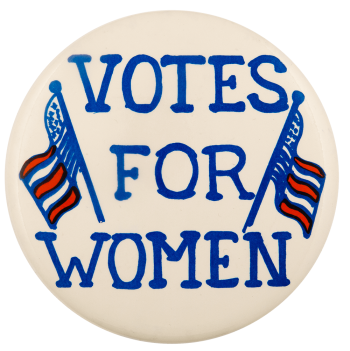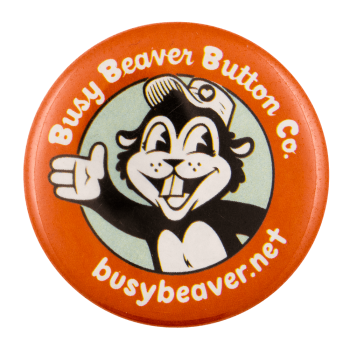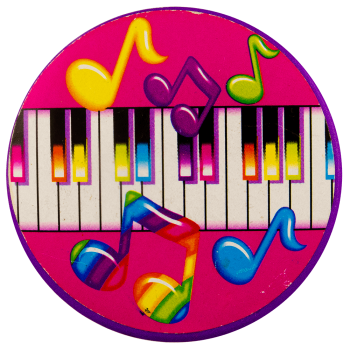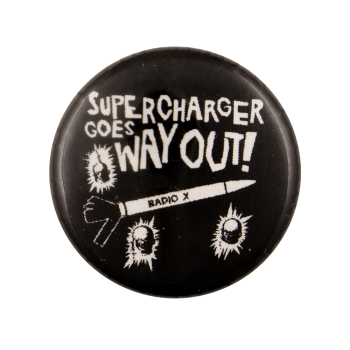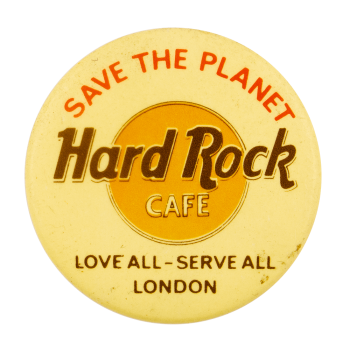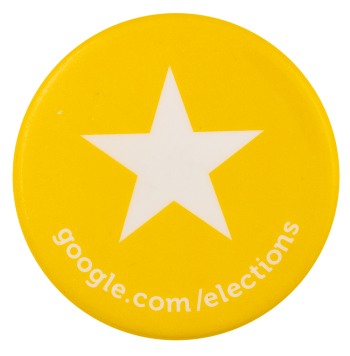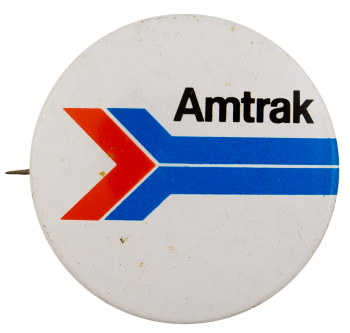Davy Crockett Indian Scout
| Category | |
|---|---|
| Additional Images | |
| Sub Categories | |
| Text on Button | S.S. KRESGE CO. DAVY CROCKETT INDIAN SCOUT |
| Image Description | Red illustrations of Davy Crockett in fur cap holding a gun in front of a camp surrounded by red text; all on yellow background. |
| Back Style | |
| The Shape | |
| The Size | |
| Year / Decade Made | |
| Additional Information | “King of the Wild Frontier”, Davy Crockett, was a politician and solider. He grew up in eastern Tennessee during the late 18th century. In the early 19th century, Crockett became a member of the U.S. House of Representatives for Tennessee. He lost a re-election in 1835 and moved to Texas – then the Mexican state of Tejas. Crockett fought in the Texas Revolution and was executed at the Battle of the Alamo, although the cause of his death has been challenged. Crockett is remembered in various plays, films, TV shows, and other media, securing his place as an American folk hero. From 1954 to 1955, Disney released five, one-hour episodes titled Davy Crockett on ABC. Part of the Disneyland series, these episodes featured Davy Crockett and his many adventures. Disney sold various items that related to the miniseries after its high praise and popularity. S.S. Kresge Company, now known as Kmart, is a large department store headquartered in Hoffman Estates, Illinois. The company was founded in 1899 by Sebastian Spering Kresge. During the 1950s, S.S. Kresge Company sold Davy Crockett memorabilia, such as jackets, hats, and gun and holster sets. During movie showings, S.S. Kresge Company would often give away Davy Crockett buttons as well as free prizes of these memorabilia items. |
| Sources |
Davy Crockett. (N.d.). In Wikipedia. https://en.wikipedia.org/wiki/Davy_Crockett Davy Crockett (miniseries). (N.d.). In Wikipedia. https://en.wikipedia.org/wiki/Davy_Crockett_(miniseries) Detroit Historical Society. (N.d.). Random images. https://detroithistorical.pastperfectonline.com/webobject/1CC5C6C4-9141… Latonia [advertisement]. (1955, May 5). The Oil City Derrick. https://www.newspapers.com/image/67002031/?terms=s.s.%2Bkresge%2Bco.%2B… |
| Catalog ID | CL0617 |

